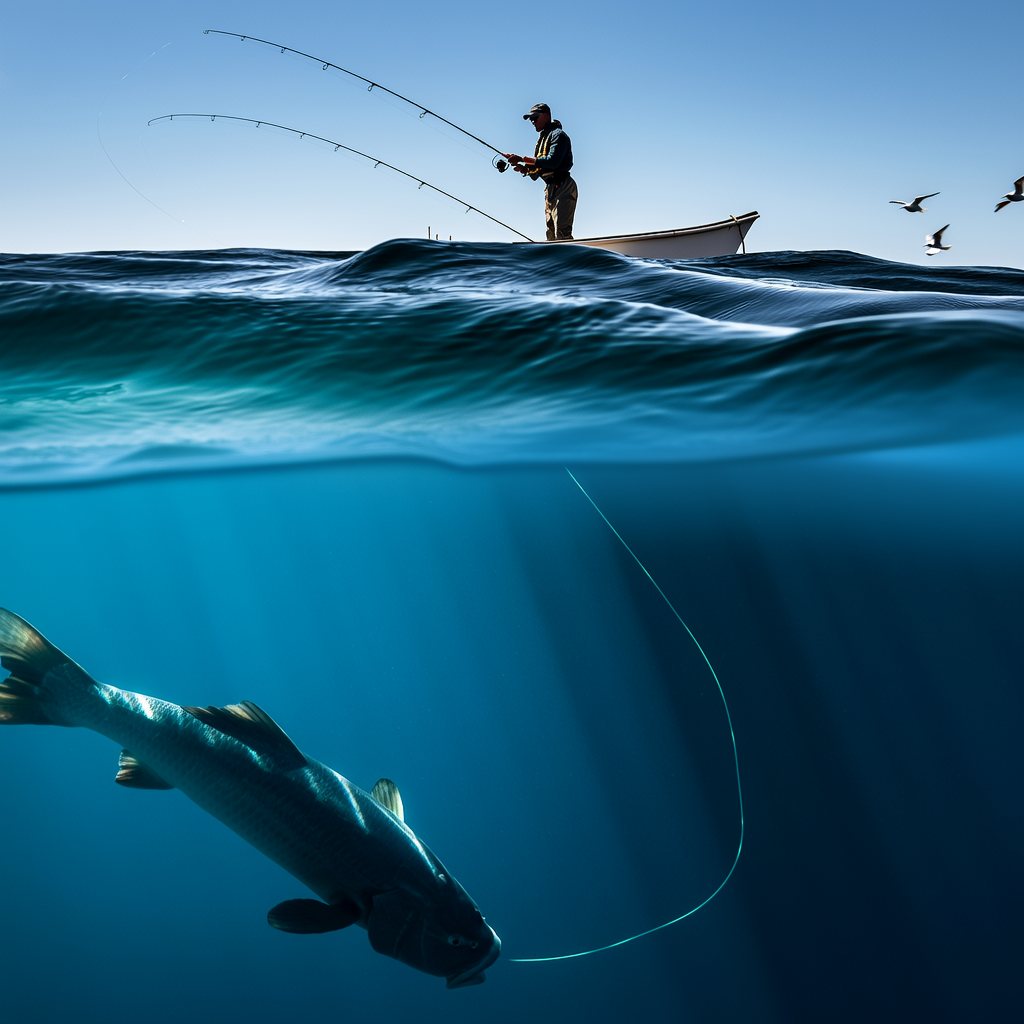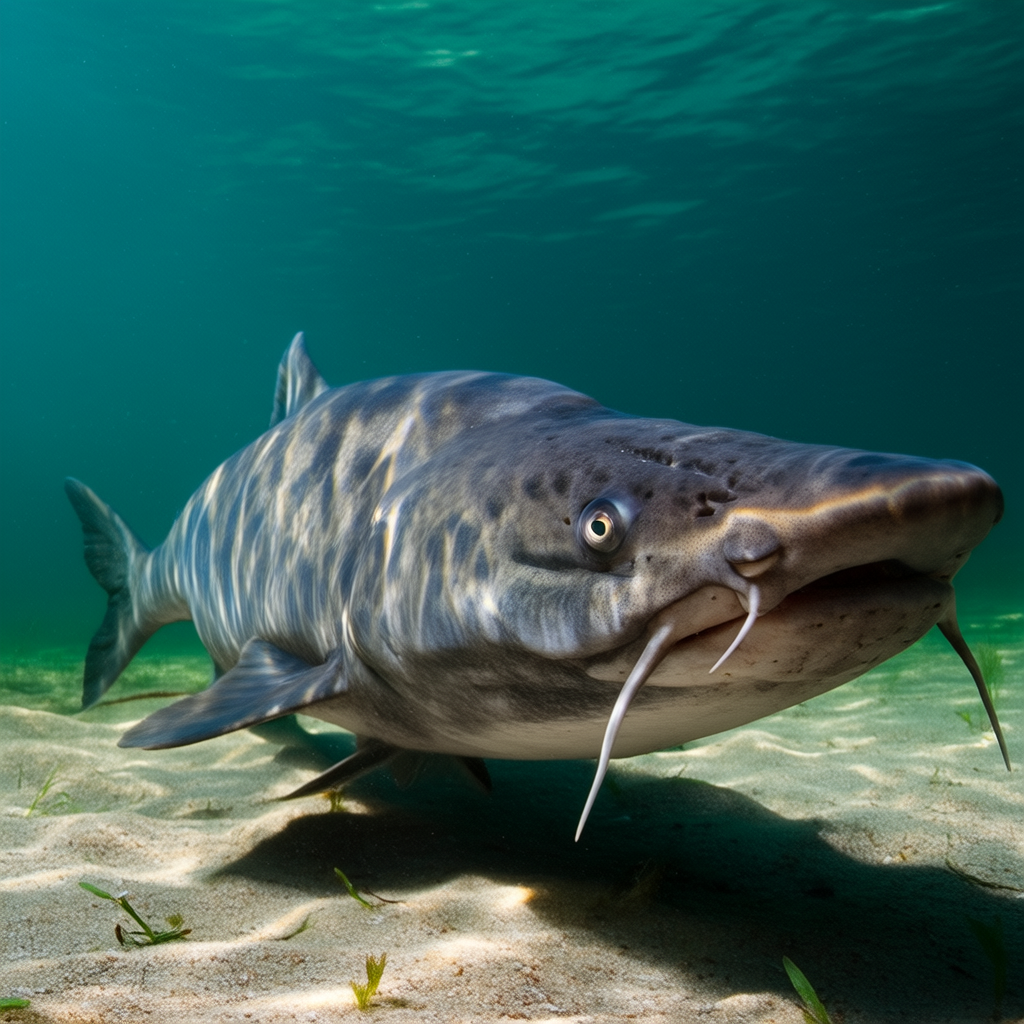In fishing, tides are a major factor in determining your success. Planning your fishing trips according to tides can increase your chances of landing a big catch. This article will provide you with valuable information on how tides affect fishing.
What are Tides?
Tides are the rise and falls of the ocean water level caused by the gravitational force exerted on the Earth by the sun and the moon. These gravitational force create bulges of ocean water on opposite sides, resulting in high and low tides. The moon’s gravitational pull has the greatest impact on tides because it is closer to Earth than the Sun.
Understanding the Tide Cycle
The tide cycle is made up of two high tides, and two low tides that occur approximately every 24 hours 50 minutes. The time between consecutive high tides and low tides is approximately six hours and twelve minutes. This pattern is repeated daily and is affected by a variety of factors, such as the alignment of the Earth, the moon, and the sun.
Fishing during High Tides
High tides provide excellent fishing opportunities for certain fish species. The rising water level makes it easier for predatory fish to reach shallow waters during high tides. This is a great scenario for those who are targeting species such as redfish, snook and striped bass that often move into shallower waters to feed at high tides.
Fishing at Low Tide
Low tides are also advantageous for fishing in areas with rocky points or shallow reefs, as well as tidal plains. Low tides expose these areas, and fish are concentrated in deeper pockets or channels. This concentration of fish allows for greater success by allowing anglers to target certain spots.
Factors Affecting Fish Behavior during Tides
Fish behavior during tides can be influenced by a variety of factors, such as their feeding patterns, predator/prey relationships, or environmental conditions. Some fish species are known for being more active and feeding aggressively at certain stages of the cycle. Others may be passive or seek refuge in response to changing levels of water.
When to go fishing
The tides can have a significant impact on your fishing success. You can determine the best times to fish by studying tide charts. For best results, it is recommended that you plan your fishing trips to coincide with either the rising tide or the falling tide.
The Incoming Tide
The rising tide or incoming tide occurs when the water level moves from low to high. During this phase of the tide, fish become more active and aggressive in their feeding. Anglers consider the hours before high tide to be prime fishing times, as predatory species follow the rising waters to reach new feeding areas.
The Outgoing Tide
The outgoing tide is also known as the falling tide. It occurs when the water level drops from high to low. This phase can provide excellent fishing opportunities for species that prefer deep waters. As the water level falls, it can create an effect that concentrates fish in deeper pockets and channels. Anglers who are targeting species such as snapper, flounder, and grouper can get great results by fishing during the outgoing tide.
The Slack Tide
The slack water tide is the period between the incoming tide and the outgoing tide when there is little or no water movement. This phase is considered less productive in terms of angling because the lack water movement can make it difficult to get fish to bite. Some species, like tarpons and permit, are still active during this period, offering unique opportunities to anglers who are looking for these fish.
Local variations in Tides
It is important to understand that the intensity and timing of tides can be affected by the location, geography, and features of a fishing area. The intensity and timing of the tides can be affected by factors such as the shape of the coastline, the depth contours and nearby structures. It is important to consult local tide maps or use specialized apps to get accurate information about tides at your fishing spot.
Other Factors To Consider
Although tides are a major factor in fishing success, it is not the only one to consider when planning a fishing trip. Weather conditions, water temperatures, lunar phases, and the availability of bait are all critical factors that can influence fish behavior, and ultimately impact on your chances of catching a fish. It is best to consider all of these factors together with the tides.
Conclusion
Understanding tides and how they affect fish behavior can be a valuable tool to any angler. You can increase your chances of fishing success by studying tide charts, identifying best fishing times during high and low tides and taking into account local variations. Always adapt your fishing technique and gear to the conditions and species that you are targeting.




